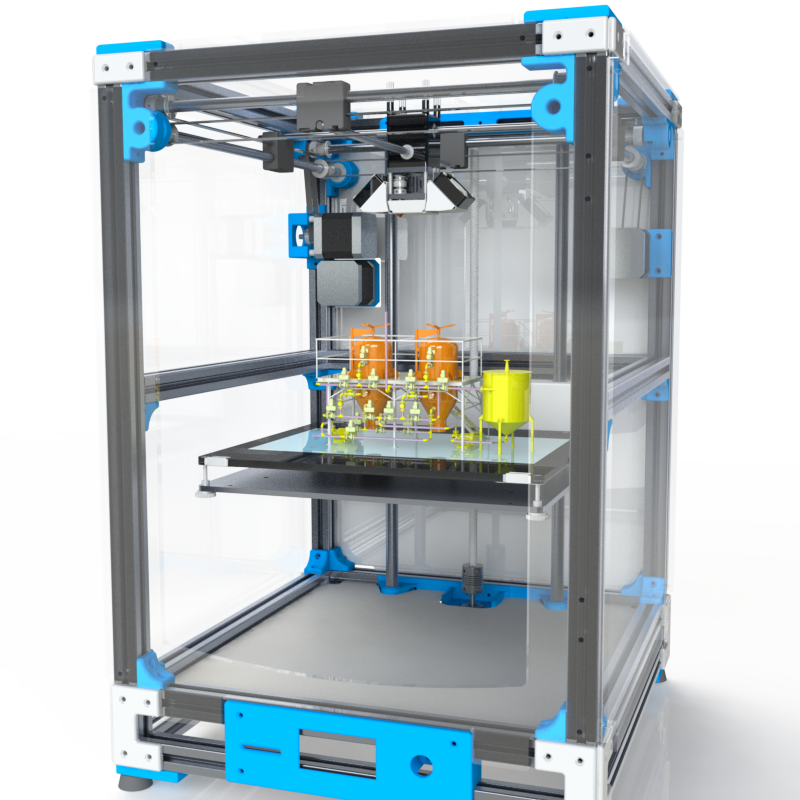Researchers from Scotland’s University of Glasgow discovered a new approach to drug manufacturing that brings us closer to the possibility of printing drugs at home.
The principle is simple: customized manufacturing.
Researchers have tailored a 3D printer to synthesize pharmaceuticals and other chemicals from simple, widely available starting compounds fed into a series of water bottle–size reactors. In other terms, a digital code can be used by a 3D printer to produce a portable factory, which can then be used to make the drug by adding the chemicals in a pre-defined sequence.

The goal of this research
Leroy Cronin, chemist at the University of Glasgow (UK) aims at broadening the ability of nonspecialists to make drugs and other chemicals. This technique would increase therefore increase the amount of useful drugs available without taking into account patent-life, since they will no longer need to be manufactured in a limited number of dedicated facilities.
According to researchers, the capacity to print drug factories on demand would reduce cost, increase the choice available to clinicians, decrease the rate of counterfeiting, and help to customize drug delivery to the needs of individual patients.
“We demonstrate the approach for the γ-aminobutyric acid receptor agonist, (±)-baclofen, establishing a concept that paves the way for the local manufacture of drugs outside of specialist facilities”, said the author.
However, this type of manufacturing will also imply the FDA’s approval or any other authority in the field which will need to rewrite the rules for validating the safety of medicines.
For further information about 3D Printing, follow us on our social networks and subscribe to our newsletter!






